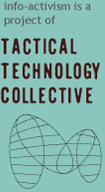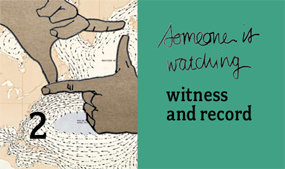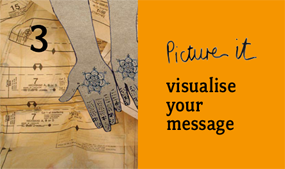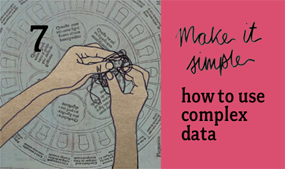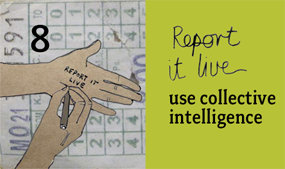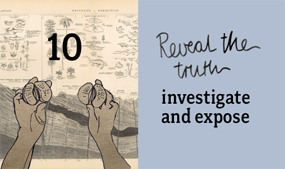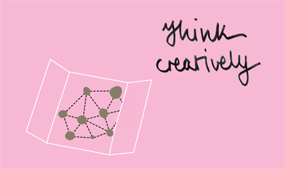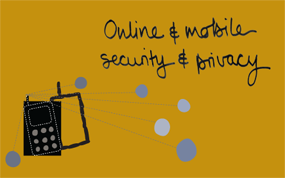|
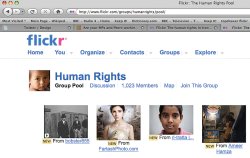
FEATURED TOOL
Collaborate on a photo slideshow
You can use images that you and other people have uploaded to the free photo sharing website Flickr to create an animated online slideshow. You will need a free Flickr account to create a group that will allow multiple people to share photos. The group administrator can decide who can post photos to the pool. This means anybody with a Flickr account that you accept to the group can contribute photos to your slideshow, which can allow you to get a wide range of submissions for your campaign. Before you accept submissions, let people know what you want, so that the slideshow reflects a diversity of people doing one unified action. When you are ready to share it, it can be embedded in your own website using a Flash animation that Flickr generates for you.
|
TIPS
NAMITA SINGH, VIDEO VOLUNTEERS, ON YOUR CALL TO ACTION:
"There is no campaign without an action. So one piece of advice is to have a really strong and meaningful call to action, which gets people to do something. Also consider that the actions of one village can be used to inspire people in other villages to speak out, so be sure to share your success stories."
REBECCA SAAB SAADE, TECHNOLOGIST, ON RISK AND DISCLOSURE:
"I would advise anyone working on sensitive issues to think of their target group first, media second. Closed societies tend to have strong word-of-mouth kind of communication. Addressing public opinion comes later. In order to mobilise people you need to understand that even if you don’t mind being vocal and visible, others do. If you promised you won’t compromise people’s privacy, then you never should or they won’t trust you anymore. So study the people you are working for, think of what message needs to get across, then think of what media to use."
NAMITA MALHOTRA, ALTERNATIVE LAW FORUM, ON USING ONLINE TOOLS FOR OFFLINE ACTION:
"Online activism is a fairly new phenomenon in India. What was so unique about the Pink Chaddi campaign is that it used online tools to ask people to take an action offline. There were various problems with the online activism that made it difficult to translate into an offline mode and one of them was the fact that it was on facebook."
|

